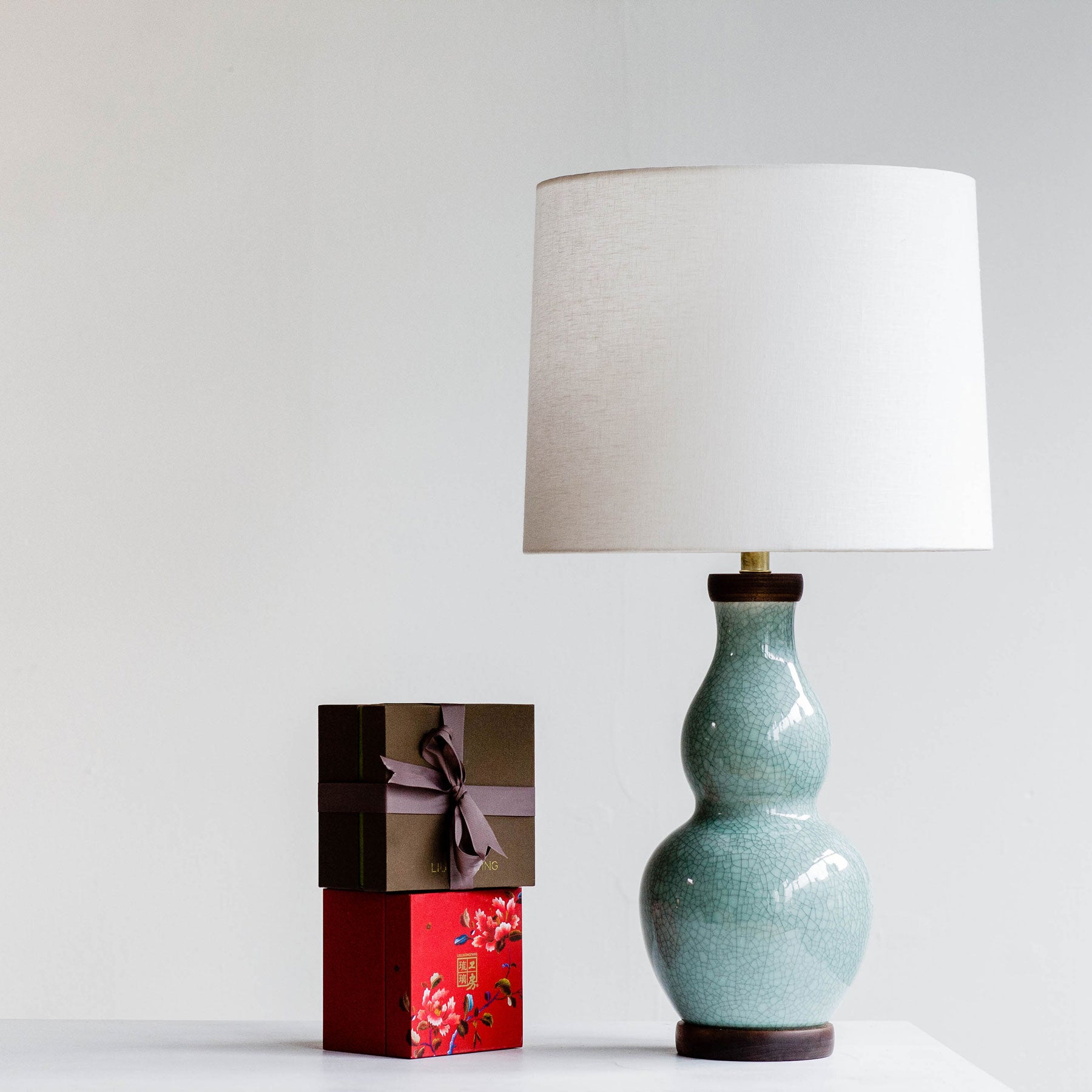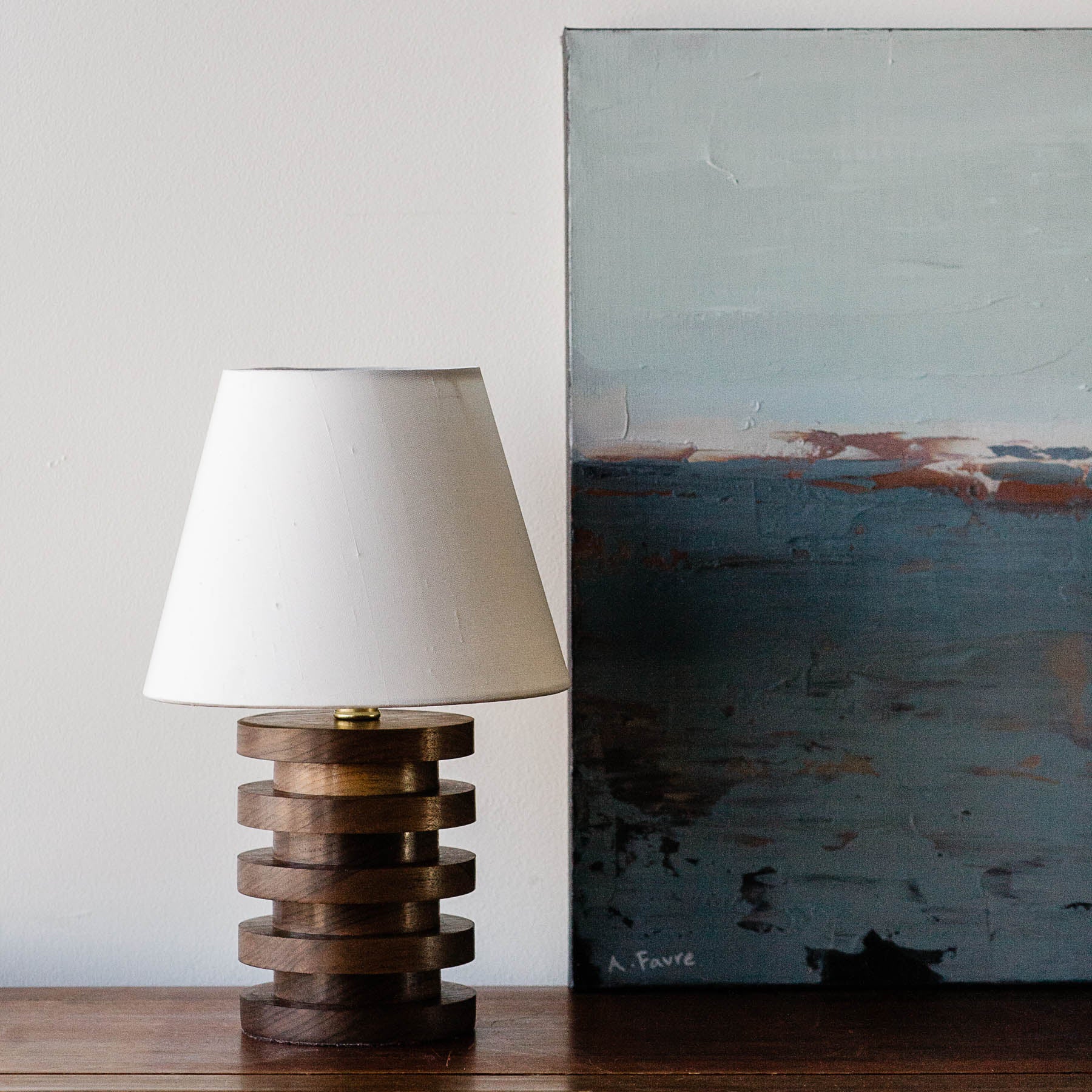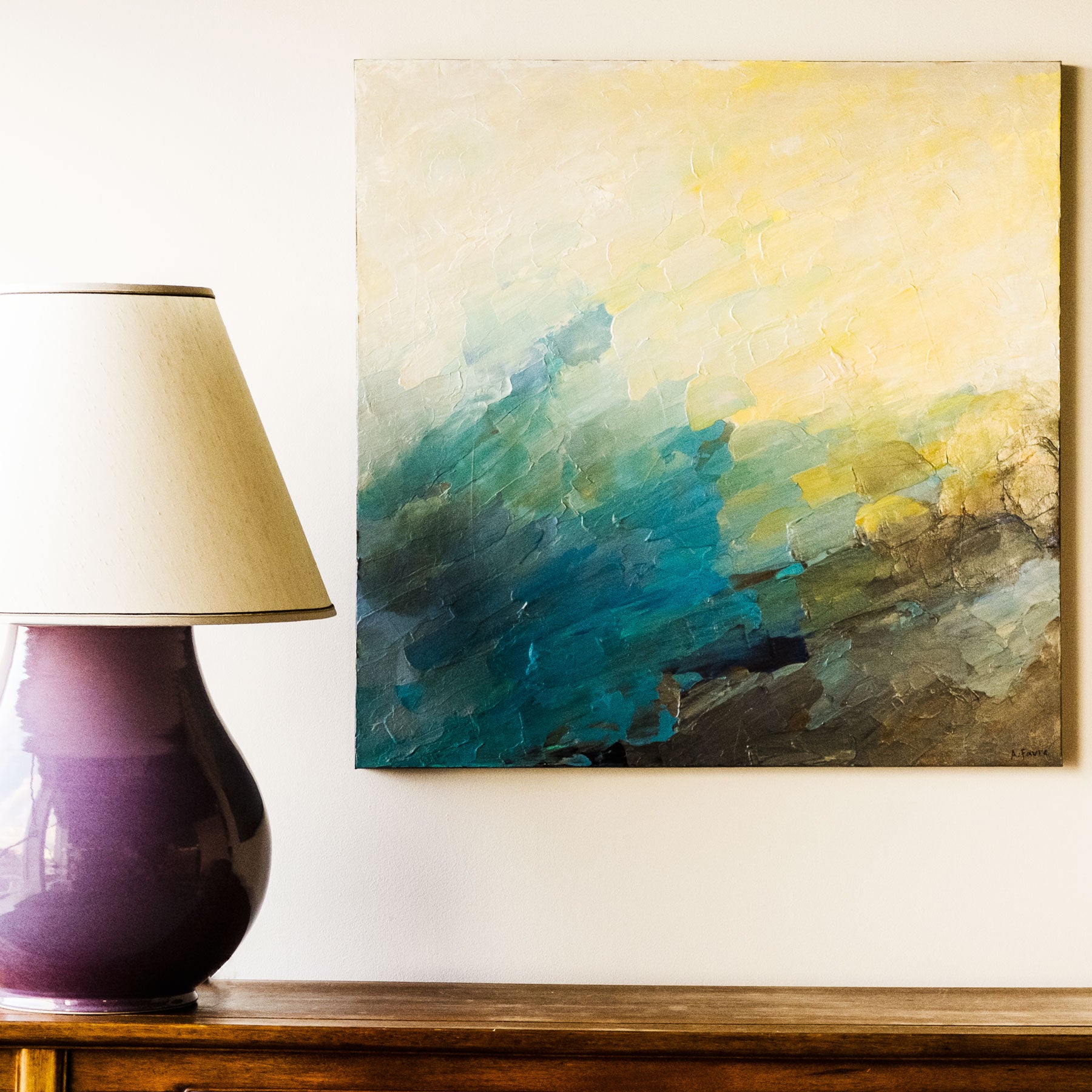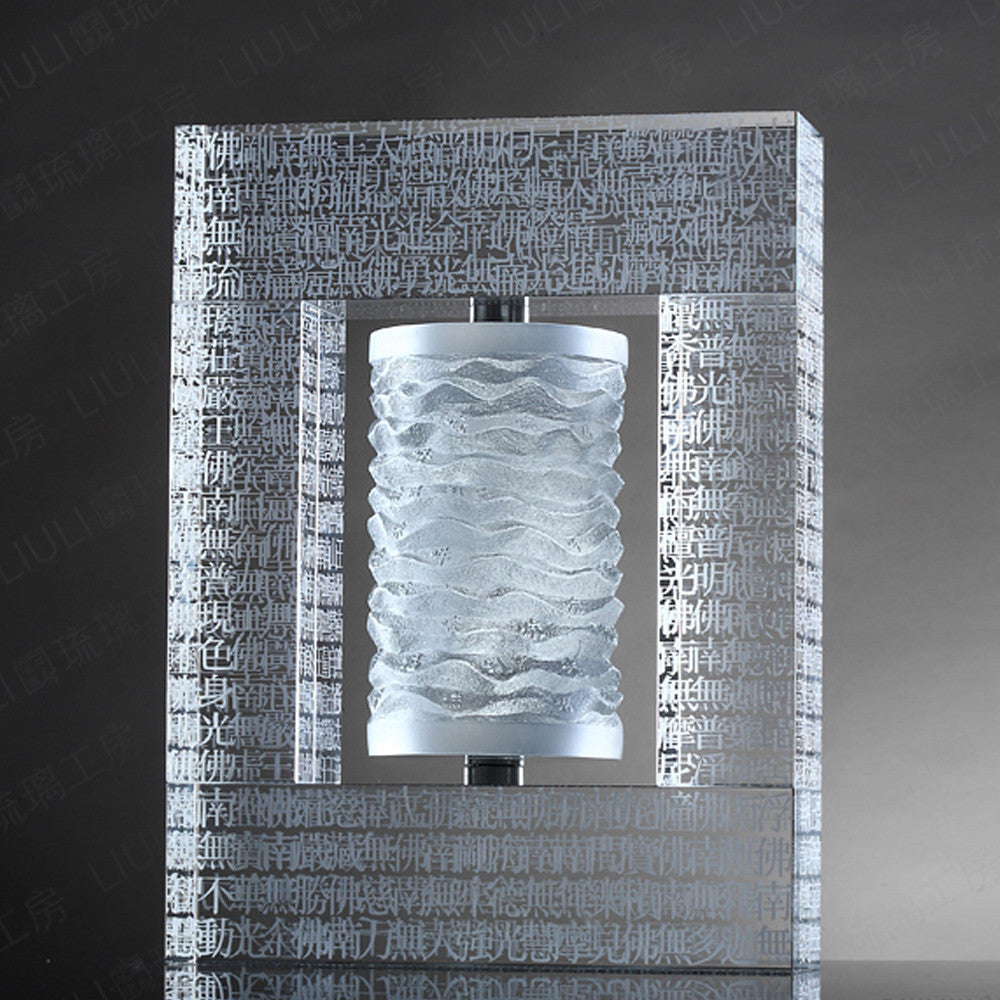(FTC: This post may contain affiliate links)

LED (Light Emitting Diode) light bulbs have emerged as the definitive choice for their exceptional energy efficiency and extended lifespan. At Lawrence & Scott, we highly recommend incorporating them into our lighting line. Nonetheless, persistent misconceptions continue to circulate in popular literature, suggesting that incandescent light bulbs are somehow "healthier" than LED bulbs. Certain design publications even claim that incandescent bulbs provide a superior aesthetic appeal. In this article, we will delve into the realm of physics (without delving into mathematical equations) to dispel these myths and shed light on the factual reality concerning the health benefits and lighting properties of LED light bulbs. It is particularly crucial to address these misconceptions, as opponents of the ban on incandescent light bulbs consistently propagate falsehoods.
Health Concerns/Near Infrared (NIR):
One prevailing misconception asserts that incandescent bulbs emit a more healthful form of heat and light, particularly in the Near Infrared (NIR) range, compared to LED bulbs. Some proponents of this notion argue that NIR emission from incandescent bulbs fosters hormonal balance, prevents headaches, and mimics sunlight's spectrum. However, this claim is highly misleading due to a matter of scale (1). Outdoor illuminance levels, which measure brightness, typically range in the thousands of lux. Even on a cloudy day, outdoor brightness easily surpasses 1,000 lux. On a clear day, sunlight registers close to 100,000 lux. Conversely, a powerful 100W incandescent light bulb, within a 10ft radius, only provides approximately 14 lux, an insignificantly small amount. The Bunsen-Roscoe law, which governs photobiology and photochemistry, would thus demonstrate that indoor lighting with incandescent bulbs would have minimal if any, impact on health—either positive or negative. Furthermore, due to the "biphasic dose-response" exhibited by human tissue (2)(3), there exists a threshold below which no beneficial effects are observed. Incandescent light bulbs fall well below that threshold.
Moreover, there is scant evidence to suggest that a lack of near-infrared radiation indoors has detrimental health effects (4). To experience any potential NIR-related health effects, one would need to spend time outside in sunlight (with appropriate sunscreen) or use specialized high-lux equipment. The type of electric light source—whether incandescent, fluorescent, or LED—produces near-infrared radiation in an inconsequential amount when compared to solar radiation.
In short, scientific evidence does not support any of these claims.
Incandescent bulbs generate significant heat, while LEDs remain relatively cool. Excessive heat can pose safety risks, cause discoloration of lamp shades, and create discomfort, especially in confined spaces or during hot weather. LED bulbs mitigate these concerns, making them a much safer choice. Additionally, the inefficiency of incandescent light bulbs contributes directly to global warming, which poses a far greater risk to health than any aspect of a light bulb.
Eye Strain and Fatigue:
Another myth suggests that LED bulbs cause more eye strain and fatigue than incandescent bulbs. However, this misconception stems from outdated information. Early LED bulbs emitted cooler light at higher color temperatures (6500K), which meant that the light contained more short-wavelength blue components. This could cause discomfort in some individuals. Nevertheless, it is important to note that the blue part of the spectrum, which keeps us alert, is inherent in bright sunlight as well. In 2023, LED bulbs have advanced significantly, offering a wide range of color temperatures, including warm white (2700K) options that closely resemble the spectral components of incandescent light. Selecting LED bulbs that suit personal preferences and minimize eye strain is now a matter of choice.
Flickering and Strobe Effect:
LED bulbs have sometimes been accused of flickering or causing a strobe effect, which purportedly has negative health effects. While it is true that older or poorly designed LED bulbs, as well as low-quality options, may exhibit such issues, modern LED bulbs available today do not fluctuate more than 8% at 120 Hz—a frequency higher than our eyes can perceive. It is worth noting that incandescent bulbs also flicker at 120 Hz. The use of enhanced DC drivers in many LED bulbs has entirely eliminated this issue. Look for LED bulbs with a high Color Rendering Index (CRI) and a flicker-free label to ensure a smooth and consistent light output. In fact, the Institute of Electrical and Electronics Engineering (IEEE) has established a standard for the industry called PAR1789, governing the design of LED lamp drivers to reduce biological effects resulting from flickering.
Blue Light Hazard:
Concerns have been raised regarding the blue light emissions from LED bulbs during nighttime, as it may disrupt sleep and affect eye health. This concern holds some truth since our circadian rhythm is physiologically attuned to daylight, which contains a strong blue spectrum. However, it is important to recognize that LED bulbs have evolved, and modern options now offer improved color accuracy and reduced blue light emissions, particularly if one chooses bulbs with a 2700K color temperature. In fact, many LED bulbs are designed to meet industry standards for minimal blue light content, ensuring their safety for nighttime use.
Energy Efficiency and Environmental Impact:
One undeniable advantage of LED bulbs is their exceptional energy efficiency. They consume significantly less energy compared to incandescent bulbs, resulting in reduced electricity bills and a decreased environmental impact. LED bulbs are also mercury-free, unlike compact fluorescent lamps (CFLs), which contain small amounts of mercury.
Design Considerations:
Certain publications claim that the light "quality" of incandescent bulbs cannot be replicated by LED bulbs. This claim is unfounded. Lighting effects are governed by the laws of physics, specifically the elements of size, diffusivity, directionality, and color rendition. A clear incandescent light bulb essentially functions as a small, omnidirectional light source with a color spectrum biased towards red. This effect can be easily replicated by a filament-type clear LED bulb with a color temperature of 2700K, which offers a similar color spectrum. In fact, any type of incandescent light bulb can be directly replaced by LED bulbs available today.
Conclusion:
The notion that incandescent bulbs are "healthier" than LED bulbs is a myth that fails to withstand scrutiny. LED bulbs have made significant advancements in terms of eye comfort, color options, and energy efficiency. By selecting high-quality LED bulbs with appropriate color temperatures and features, one can enjoy optimal lighting conditions while simultaneously benefiting from energy savings and significantly reducing their environmental footprint. Given the immediate and lasting impact of climate change, it is high time to abandon incandescent light bulbs and replace them entirely with LED light bulbs for a brighter, safer, and more sustainable lighting experience.
References:
- Barolet D et al. 2016. Infrared and skin: Friend or foe. J Photochem Photobio; B: Biology. 155:78-85.International Commission on Illumination [CIE]. 2016. International Lighting Vocabulary, 2nd ed. CIE DIS 017/E:2016. Vienna, Austria: CIE Central Bureau.
- Huang AC-H et al. 2009. Biphasic dose response in low level light therapy. Dose-Response. 7(4):358-383.
- Piazena H, Kelleher DK. 2010. Effects of infrared-A irradiation on skin: Discrepancies in published data highlight the need for exact consideration of physical and photobiological laws and appropriate experimental settings. Photochem Photobio. 86(3):687-705.
- Tsai S-R, Hamblin MR. 2017. Biological effects and medical applications of infrared radiation. J Photochem Photobio; B: Biology. 170:197-207.
- LED lighting flciker and potential health concerns. IEEE standard PAR1789 update. https://ieeexplore.ieee.org/document/5618050
Leo Lam is the CEO of Lawrence & Scott. He holds a Ph.D. in Electrical Engineering and is the author of multiple academic journal papers in engineering and medicine. He holds multiple patents in medicine and is an advocate for accurate science communications.









